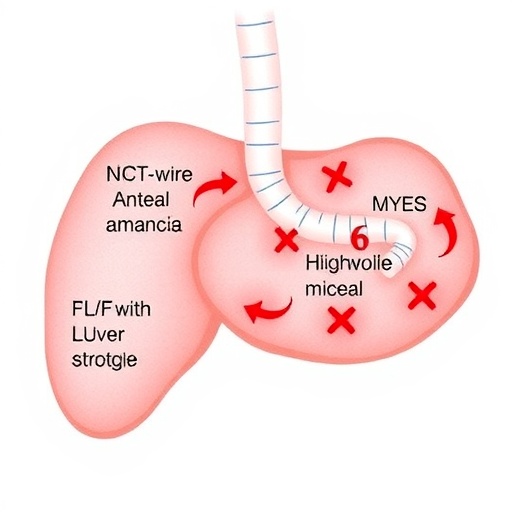“Five things to know about … melanoma” in CMAJ (Canadian Medical Association Journal) provides a brief overview of this malignant skin cancer for physicians and patients.
- Sun exposure is an important factor in the development of melanoma, so it often appears on the face, neck, arms and torso, where sun exposure is common.
- Melanoma can also occur on areas with minimal sun exposure, such as palms and soles of the feet.
- A specific mitogen-activated pathway is linked to mutations causing melanoma and genomic sequencing is helping identify markers for diagnosis and treatment.
- About 10% of melanomas are challenging to diagnose as they may be pink, red, clear or normal skin-coloured.
- Patients with any suspicious skin lesions should be referred to dermatology. Coloured lesions with any of the ABCDE criteria — Asymmetric shape, irregular Border, Colour variation, Diameter greater than 6 mm (about the size of a pencil eraser) and Evolution (change) — should be considered suspicious.
###
Media Contact
Kim Barnhardt
[email protected]




